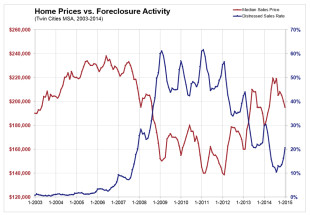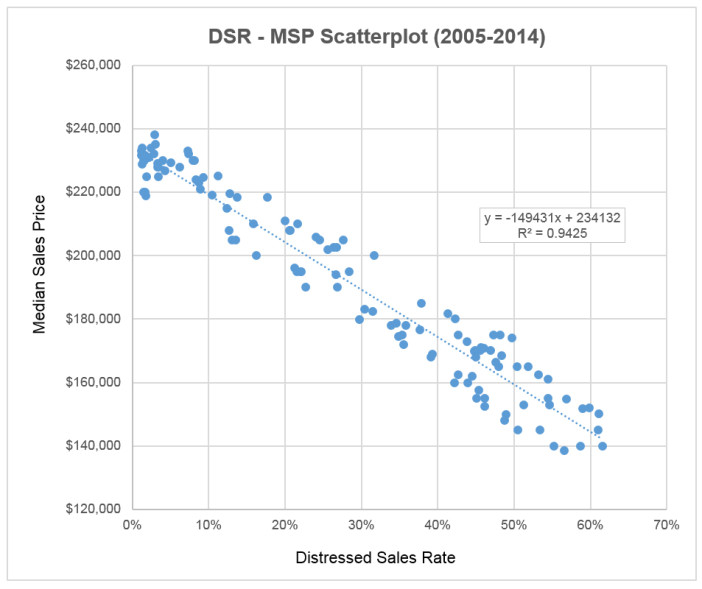
For Week Ending March 14, 2015
Have rents gone up enough to get renters to lean toward homeownership again? That’s the question of the moment. With mortgage rates remaining low, the time may be ripe for renters to invest in something beyond a 12-month lease as rental affordability is beginning to border on unaffordability.
In the Twin Cities region, for the week ending March 14:
- New Listings increased 20.6% to 1,765
- Pending Sales increased 14.3% to 1,040
- Inventory increased 1.4% to 13,523
For the month of February:
- Median Sales Price increased 9.3% to $200,000
- Days on Market increased 7.1% to 106
- Percent of Original List Price Received increased 0.7% to 94.2%
- Months Supply of Inventory increased 3.3% to 3.1
All comparisons are to 2014
Click here for the full Weekly Market Activity Report. From The Skinny Blog.


